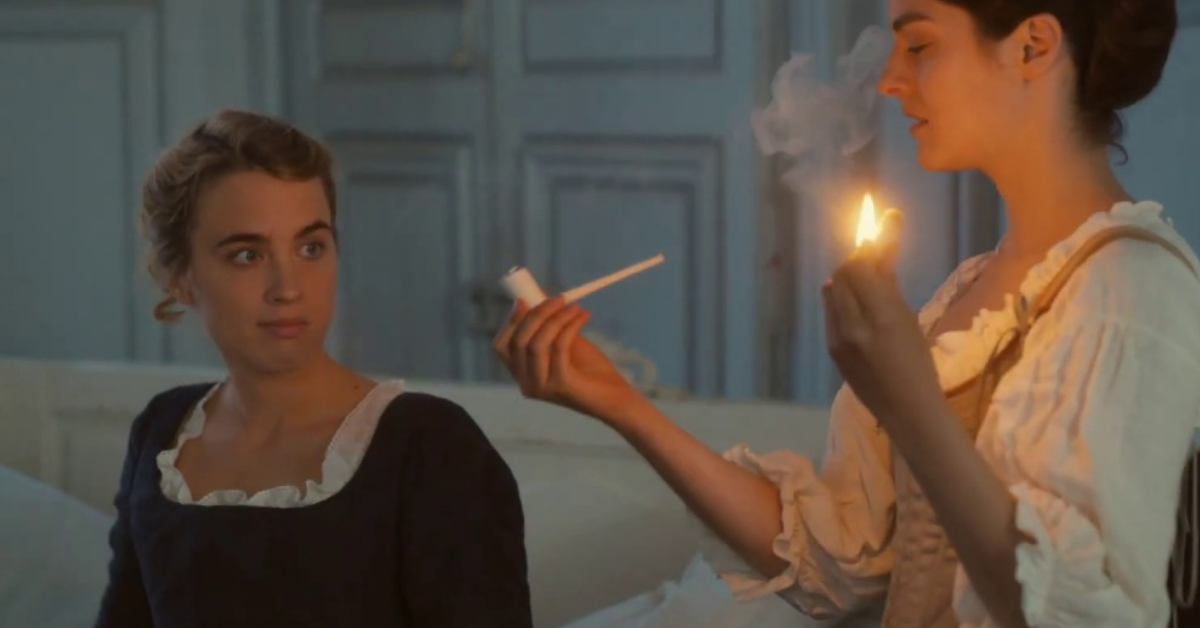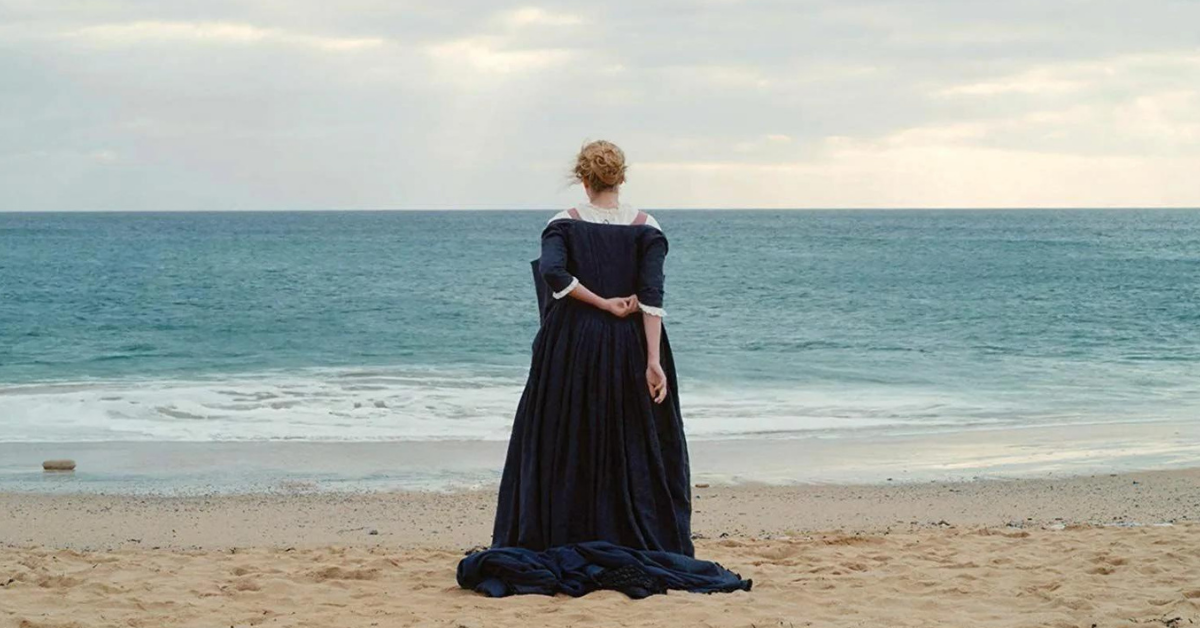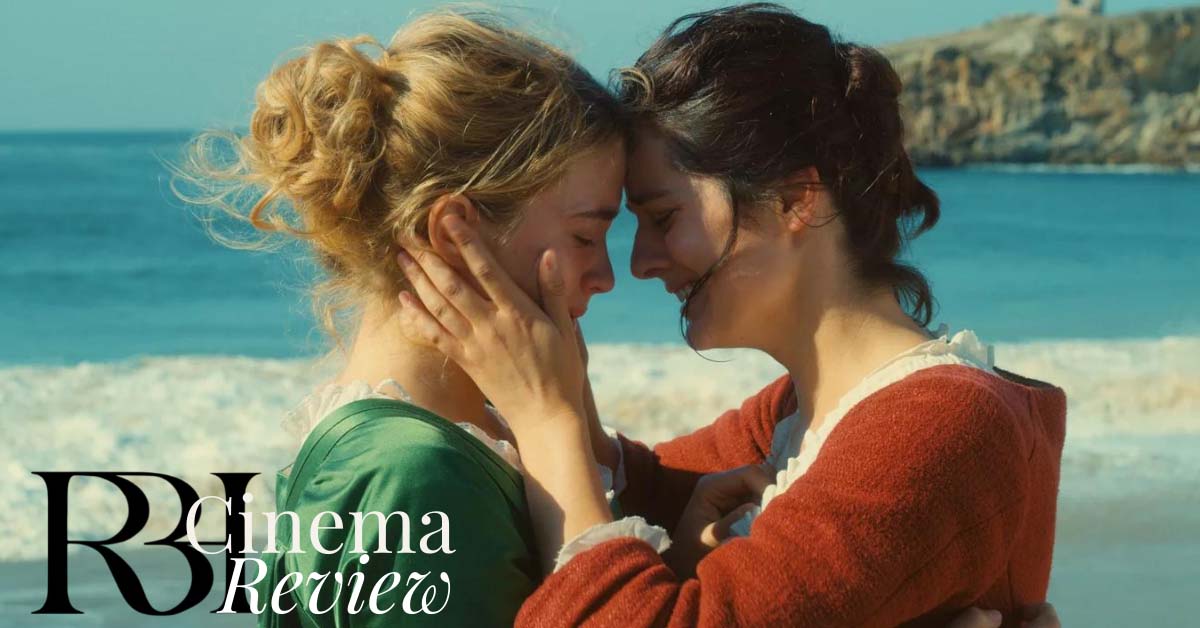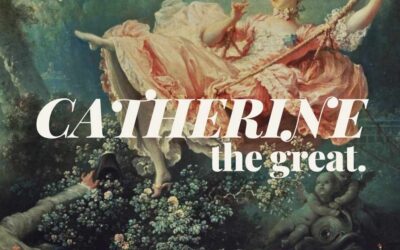“That’s horrible! Poor woman! Why did he turn around? He was told not to, but he did, for no reason!”
“He chooses the memory of her. That’s why he turns around. He doesn’t make the lover’s choice, but the poet’s.”
Céline Sciamma’s Portrait de la Jeune Fille en Feu (Portrait of a Lady on Fire) is all about the gaze:
…the artist looking at the model,
…lovers looking at each other,
…Orpheus looking at Eurydice
and, ultimately, the filmmaker’s look back at a female artistic legacy.
In an interview with Vox, Sciamma describes her desire to reclaim both female and queer history:
I chose this moment of art history [1770] because there were hundreds of women painters at the time that had flourishing careers. We’re always being told about women’s progress and women’s opportunity — that we’re “getting there.” But it’s not true. It’s cycles…. The tragedy of lesbian life is not the tragedy of lesbian representation. It’s not the same. Lesbians have been activists….These stories are really dangerous for patriarchy.
The myth of Orpheus and Eurydice, a motif that dominates the film’s second half, shows the power of the gaze. It is a story in which the male gaze literally kills, dooming Eurydice to the afterlife.
The world of Portrait is like Christine de Pizan’s City of Ladies. Men appear briefly at the beginning and the end but the bulk of the film is set on a remote island in Brittany seeming inhabited entirely by women.
Portrait’s Marianne and Héloïse

Portrait follows the story of Marianne (Noémie Merlant), an independent female painter in the vein of Elisabeth Vigée Lebrun and Angelica Kaufmann. Her task? Paint a portrait of the aristocrat Héloïse (Adèle Haenel,) for the Milanese nobleman she is to marry. (Actress Adèle Haenel is Sciamma’s longtime collaborator and ex-girlfriend)
The fact that Héloïse was ripped from the convent to replace her elder sister, who threw herself off the cliffs rather than be forced into marriage, hangs heavy in the air.
Héloïse’s mother has an important caveat for the artist: Marianne must pretend to be her daughter’s companion, not a painter. In an attempt to delay the inevitable, Héloïse refused to sit for the last painter. So, the family has tasked Marianne to paint their daughter’s portrait in secret.
The Burning Female Gaze
As Marianne gazes at Héloïse, and Héloïse gazes back in turn, romance burns.
The love story is slow and tender, exploring how desire develops and revelling in the anticipation: Mariane and Héloïse don’t kiss until one hour and twenty-one minutes into the film.
They consummate the relationship and Sciamma’s female gaze is immediately apparent. Intimate scenes focus on faces and lips, showing the actress’ wrinkles and period accurate body hair in the most neutral, natural light possible.
Their love is doomed.
Héloïse’s mother has left for five days. The portrait must be complete before her return. Marianne will leave and Héloïse will be off to Milan.
Sciamma cited Titanic as a major influence on Portrait, and this impending tragedy creeps into the film like Titanic’s fatal iceberg.
Portrait: A Showcase of Love and Friendship
Love between women is at the heart of Portrait—but not only of the romantic kind. In one scene, Marianne is callously left at the bottom cliffs by a boatman. Here, she interacts with Sophie (Luàna Bajrami), the maid.
The friendship between Sophie, Marianne, and Héloïse grows and blossoms alongside the romance. In one stunning shot, the depiction of these three women from three different social classes is perfectly level. They work together to make dinner.
Halfway through the film, Sophie discovers that she is pregnant. Marianne and Héloïse try to help her with a home cure, but Sophie has to seek out a midwife at a bonfire attended by local working class women.
In many ways, this scene is the film’s thesis. Until now, Sciamma has eschewed a typical score for the gentle ambience of waves crashing, fires crackling, and floorboards creaking.
Suddenly, the women at the bonfire come together in a song that feels like a primal, ancient ritual. Commissioned by Sciamma as a blend of modern sensibilities and traditional folk music, it is an explosion of joy and community. They clap and sing together, supporting each other through music.
Marianne smiles at Héloïse across the fire. Héloïse’s dress catches flame. Full of passion from ancestral centuries of shared female energy they consummate their relationship.
A Cinematic Masterpiece

There are so many beautiful details words cannot express the depth of: the toddler comforting Sophie during her abortion, the ghostly image of Héloïse as Eurydice, Marianne passing on her knowledge to the next generation of female artists.
Portrait de la Jeune Fille en Feu is an incandescent exploration of communal experiences-—love and loss, memory, the desire for a shared past—and how we perceive them. It is available to stream on Hulu, and you simply have to see it for yourself.
Love atmospheric films with great emotional depth? We also recommend 2021’s Spencer, a film covering a lynchpin weekend in the life of Princess Diana.




